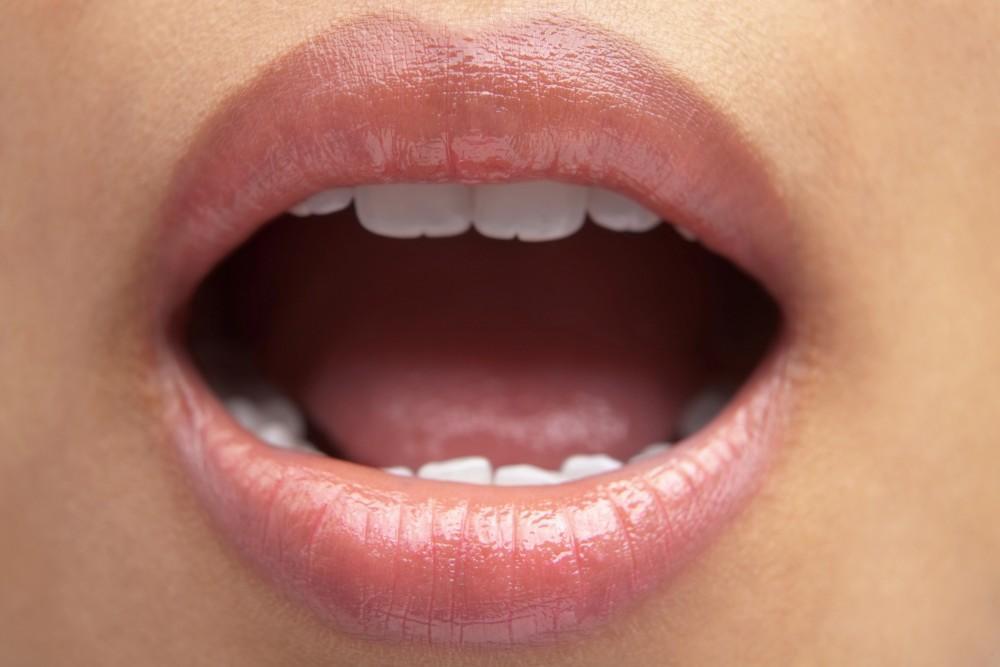
What's the Most Painful Part of A Root Canal? (The Answer Will Surprise You)

Just hearing the term "root canal" can make some people cringe. But what if we told you that the most painful part of a root canal might actually be the pain you experience before getting one?
That's right, the dreaded root canal might not be as bad as you think. In fact, there are plenty of misconceptions surrounding root canals. So, if you're one of the many patients wary of this supposedly scary treatment, keep reading to discover why it's time to reconsider your feelings.
The Root of the Problem
To truly appreciate the significance of a root canal, let's try to understand what leads to the need for this dental procedure.
Sometimes, when you get a bad cavity or a crack in your tooth, it can be an entry point for bacteria. When that bacteria gets through, it can result in a dental infection that may reach the innermost part of your tooth, known as the pulp. This pulp houses the nerves and blood vessels of your tooth, and when it becomes infected, it can cause excruciating pain.
The pain that many dental patients associate with root canals is usually the discomfort that precedes the procedure rather than the root canal treatment itself. When a tooth infection sets in, it can create a throbbing, sharp, or constant pain that can worsen over time. This pain can disrupt your daily life, affect your ability to eat, and lead to sleepless nights.
Why Delaying Treatment Can Be a Mistake
Some individuals may delay seeking dental treatment when they experience tooth pain, hoping that it will resolve on its own. However, this is often a mistake. Dental infections don't tend to get better without intervention, and the longer you wait, the more severe the infection can become. Not only can the pain intensify, but the infection can spread to neighboring tissue and result in more extensive dental problems, like tooth loss. In extreme cases, an abscess can occur and even lead to a life-threatening situation.
The Root Canal Procedure
Contrary to popular belief, modern root canals are not the torturous experiences they were once thought to be. In fact, most patients report minimal discomfort during the procedure, thanks to advancements in dental technology and anesthesia.
Anesthesia for Maximum Comfort
Before the root canal begins, we will administer local anesthesia, which will thoroughly numb the affected tooth and the surrounding area. This ensures that you won't feel any pain during the procedure. If you choose, you can also opt for conscious sedation to calm nerves and further dull sensation and the perception of pain.
Precision and Expertise
During the root canal, we will carefully remove the infected pulp, clean and disinfect the tooth's interior, and then fill and seal it to prevent future infections. Choosing an experienced dentist can add to the ease of this procedure. The truth is, a root is not any more uncomfortable than a filling.
Post-Procedure Recovery: Minimal Discomfort
After the root canal, you may experience some mild discomfort for a few days, which is perfectly normal but typically far less painful than the toothache that led to your treatment. Over-the-counter pain relievers and following post-procedure instructions can help manage this discomfort.
The Truth About Root Canal Treatment
The reality is the most painful part of a root canal is often the pain you experience before you get it done. Dental infections can cause severe discomfort and should not be ignored.
If you've been putting off addressing that nagging toothache, don't let the fear of a root canal prevent you from seeking the relief you need. Afterward, you'll wonder why you waited so long to feel better.
Contact us today to schedule a consultation and put an end to your tooth pain.
You Might Also Enjoy...


Can Children Get Gum Disease?

Types of Oral Infections and How to Recognize Them

Is Mouth Breathing Bad?

Can Improving Your Smile Boost Your Career?


